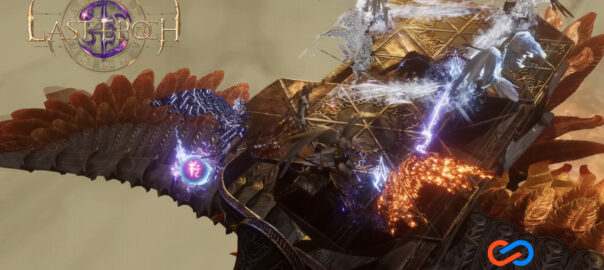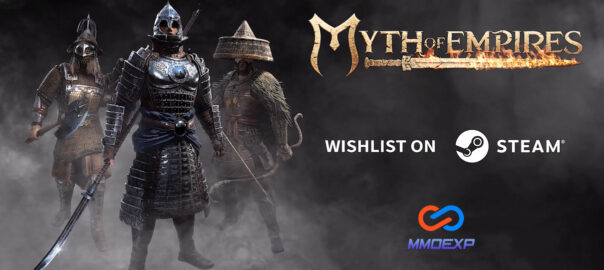In the vast and treacherous lands of Elden Ring, where danger lurks around every corner and mysteries abound, players are constantly seeking ways to bolster their strength and resources. From mastering combat techniques to uncovering hidden treasures, the journey through the Lands Between is fraught with challenges and rewards. Among the myriad strategies employed by players to gain an advantage early in the game, one method stands out for its efficiency and accessibility: early game farming.
For those uninitiated, farming in games refers to the practice of repeatedly engaging in certain activities or defeating enemies to accumulate resources, experience points, or other valuable rewards. In Elden Ring, where every Elden Ring runes and item can make a difference in survival, mastering effective farming techniques can significantly enhance the player’s progression.
One of the most talked-about early game farming methods in Elden Ring involves a strategic sequence of events that culminates in a lucrative rune farming opportunity. This method, which we’ll delve into shortly, has garnered attention for its simplicity and effectiveness, allowing players to amass tens of thousands of runes within minutes, thereby facilitating rapid character progression.
To embark on this farming journey, players must first ensure they have defeated Gri and unlocked a specific area of the world map. Once this prerequisite is met, the process begins by returning to the first Site of Grace and initiating a quest by speaking to a ghost. This quest sets the stage for a series of actions that will ultimately lead to the coveted farming opportunity.
The next step entails traveling to the Rose Church and interacting with a character named Var. Var provides players with an item called the Bloody Finger, which enables them to invade other players’ worlds. While this may sound daunting to some, rest assured that success in these invasions is not necessary to progress the quest. Players simply need to fulfill the requirement of invading three players before returning to Var to advance the questline.
Once the invasions are completed, players receive the Unnamed Cloth from Var, marking the beginning of the final trial. This trial takes players to the Four Belf, a location characterized by four towering structures atop a hill. Within one of these towers lies a crucial item, the Stone Sword Key, which players must obtain before proceeding to a secret area.
Navigating through this secret area, players encounter a boss whose defeat grants access to the Maen, where the Unnamed Cloth can be soaked in maiden’s blood—a pivotal step in the questline. With the blood-soaked cloth in hand, players return to Var to receive the final item, a medallion that unlocks a new underworld area on the world map.
It is within this underworld that the farming method comes into play. Upon entering the underworld, players ascend the stairs to a Site of Grace, from which they embark on a route designed for efficient farming. Mounted on horseback, players bypass adversaries and head towards a cliff edge where a bird awaits—a prime target for rune farming.
Using ranged weaponry, players dispatch the bird from a distance, reaping bountiful rewards in the form of thousands of runes per kill. With each subsequent respawn at the Site of Grace, players can rinse and repeat this process to their heart’s content, accumulating runes at an unprecedented rate.
What makes this farming method particularly appealing is its accessibility and versatility. Whether players choose to engage in intense combat encounters or simply unwind while watching TV in the background, the farming process accommodates various playstyles and preferences. Moreover, the abundance of runes obtained through this method empowers players to level up multiple times, bolstering their attributes and enhancing their combat prowess.
In conclusion, Elden Ring presents players with a vast and intricate world teeming with opportunities for exploration, combat, and discovery. Among the myriad strategies and techniques employed by players to navigate this world, early game farming stands out as a tried-and-tested method for accelerating progression and amassing resources. By following the steps outlined above and mastering the art of efficient farming, players can embark on their journey through the Lands Between with newfound confidence and resilience.
Are you still worried about buying cheap Elden Ring items and runes? I recommend MMOexp service, join it and you will get more benefits.





